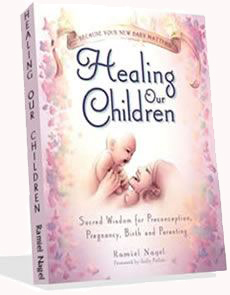How to Tell if a Child Looks Healthy
Every parent out there wants to raising healthy children, and they make choices each day to support the health of their children. The problem is that most people don’t know what healthy children should look like, because the truth is that almost every child we come in contact with is unhealthy in some way. The book tackles the issue of what healthy children look like, which allows parents to learn more and understand the steps that can be followed to raise children who are truly healthy inside and out.
So, the question is this: is a healthy child one who rarely sick and looks normal, or is there more to it than that? Is it possible to look at a child and determine whether or not he or she is healthy? Are the healthiest kids the ones who avoid serious childhood diseases, are not obese, and do not face constant illness?
According to Healing Our Children, this is not the case. Parents who would like to learn about rearing healthy children should check out the book, which claims the following:
A healthy child is a child who rarely or never gets sick. She may have some minor or occasional illnesses, sensitivities or allergies, but these are not chronic and do not affect in any significant way the child’s well-being. A healthy child does not have Attention Deficit Disorder, does not have autism, and is usually, but not always (that’s impossible) well mannered and agreeable. A healthy child has perfect vision of 20/20 or better, has straight teeth without cavities and has a beautiful and well-proportioned face. A healthy child meets and usually exceed the expectations in terms of intelligence for his or her age group and fulfills his or her developmental potential to the fullest. (page 2)
Most people are amazed when they read through these claims! The beautiful thing is, that any parents today really can raise children who match these ideals of a healthy child. When parents use the principles outlined in Healing Our Children, they can understand why many children today don’t fit this ideal of the healthy child and what can be done to help their own children match these expectations… and even exceed these expectations.







